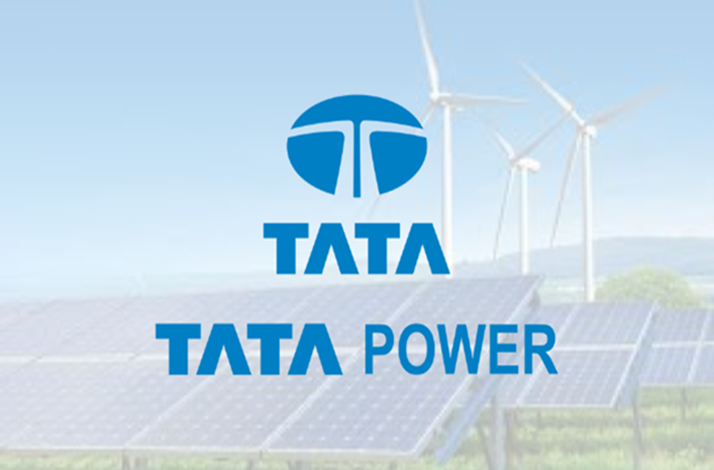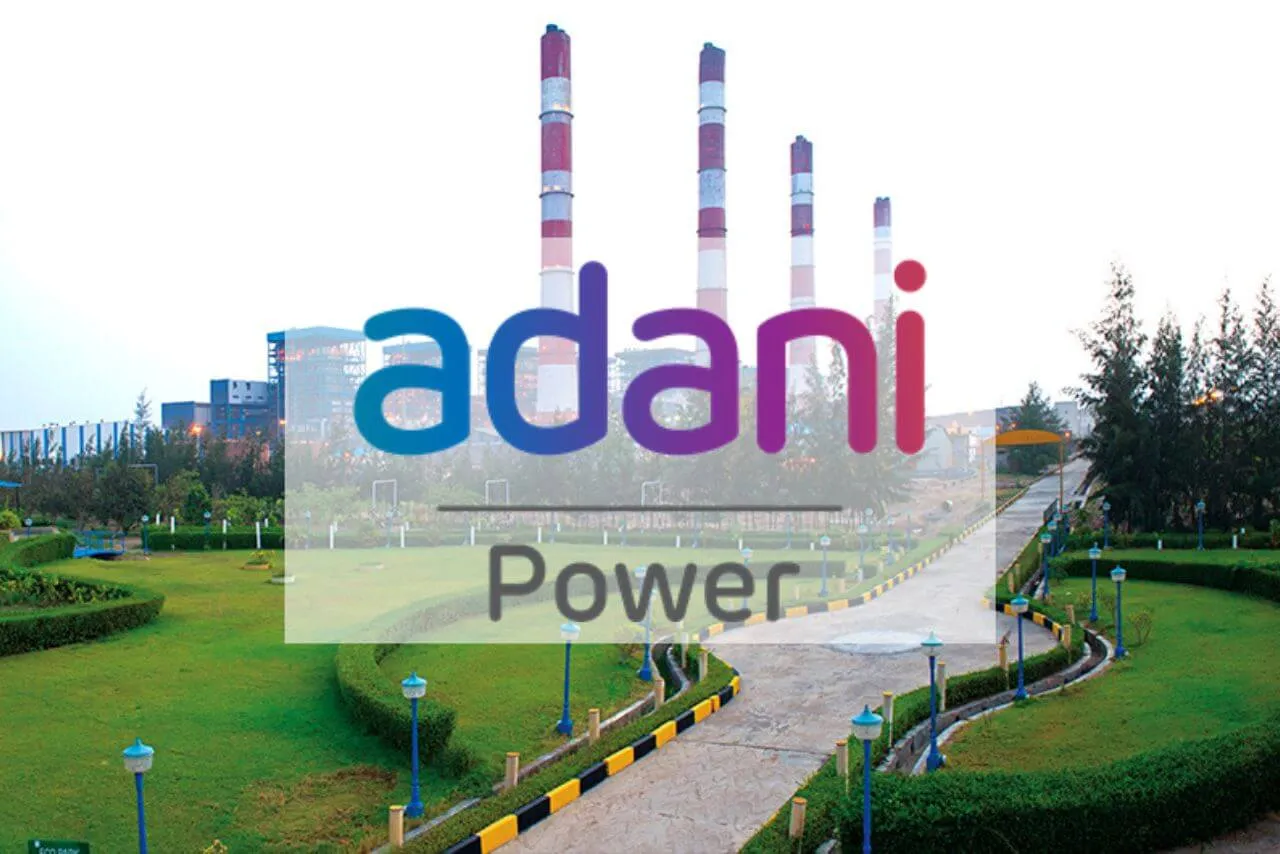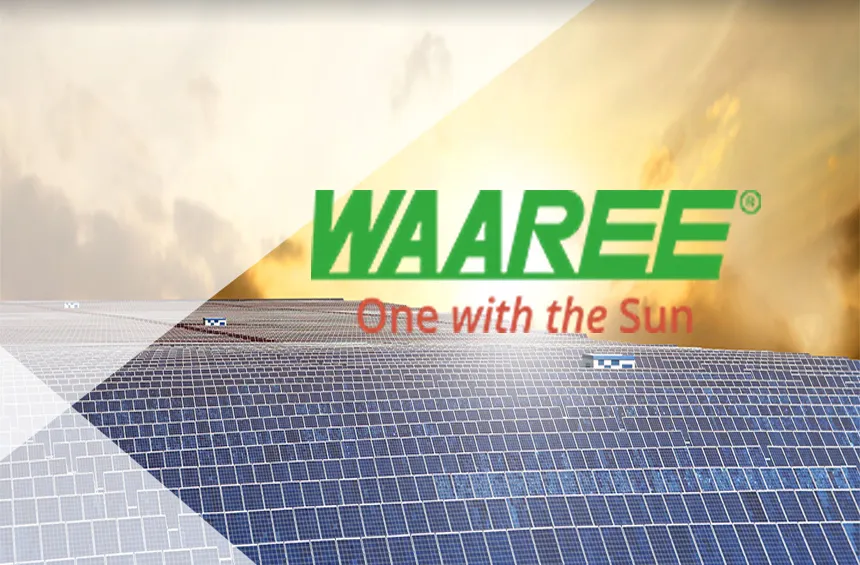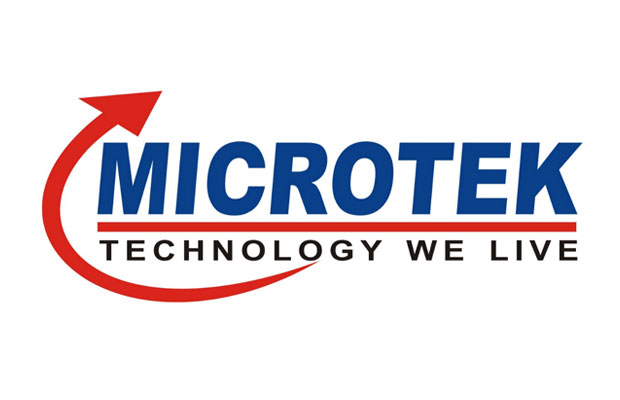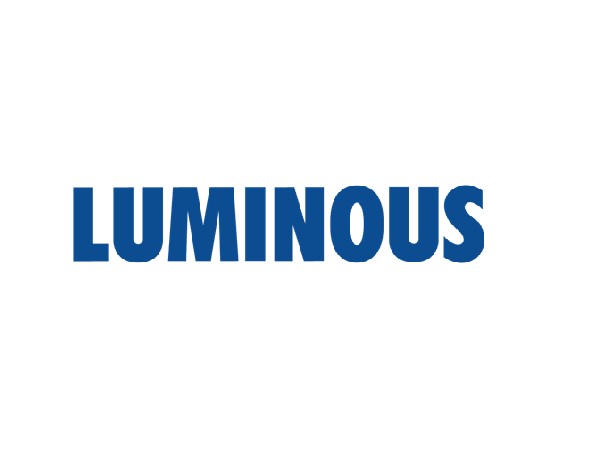Dual-Axis Tracking Solar Installation Services
Dual-Axis Tracking Solar Installation Services
Maximize your solar energy output with Wellborn Digital’s dual-axis tracking systems. Designed to follow the sun both horizontally and vertically for unparalleled energy efficiency.
Dual-Axis Tracking Solar Systems
Experience the pinnacle of solar efficiency with Wellborn Digital’s dual-axis tracking solar systems. These advanced installations adjust both horizontally and vertically to track the sun’s path throughout the day and across seasons, ensuring maximum sunlight capture and significantly boosting energy production.
What is a Dual-Axis Tracking Solar System?
Dual-axis tracking solar systems are equipped with two degrees of freedom that actuate movement in both azimuth and elevation directions. This allows the solar panels to follow the sun’s path not only from east to west but also from horizon to horizon, adapting to its elevation throughout the year. Such systems are ideal for regions with high solar potential and varying sun angles across seasons.
Benefits of Dual-Axis Tracking Solar Installations
- Optimal Energy Production:By constantly aligning perfectly with the sun, dual-axis trackers can enhance energy output by up to 40% compared to fixed systems.
- Efficiency Across Seasons:These systems adjust for the sun’s varying path, delivering consistent performance throughout all seasons.
- Space Efficiency:Higher energy output per square foot of solar panels means fewer panels are needed for the same electricity production, optimizing space usage.
- Reduced Energy Costs:The increased energy yield can significantly reduce utility bills and increase energy independence.


Ideal Applications for Dual-Axis Trackers
- Residential Areas:Especially beneficial for homeowners in regions with high latitude where the sun’s position changes dramatically across seasons.
- Commercial Properties:Businesses with high energy needs can greatly benefit from the enhanced power generation of dual-axis systems.
- Research and Educational Facilities:Where cutting-edge technology and maximum efficiency are crucial.
Installation and Maintenance
- Expert Installation:Our technicians are trained to install and configure dual-axis systems to optimize their efficiency and durability.
- Maintenance Requirements:Although dual-axis trackers require more maintenance than single-axis or fixed systems due to their complexity, our comprehensive service plans ensure that your system operates at peak performance with minimal hassle.
- Customization Options:We provide customized solutions based on site-specific evaluations, ensuring that every system we install is tailored to maximize its potential.
FAQ
If you don't see an answer to your question, you can send us an email from our contact form.
Send EnquiryA dual-axis tracking solar system is equipped to move in two directions: vertically and horizontally. This allows the solar panels to follow the sun’s path throughout the day and across different seasons, maintaining optimal alignment with the sun for maximum solar energy absorption.
Dual-axis tracking systems can increase solar energy output by up to 40% compared to fixed systems and approximately 10% more than single-axis systems. This increase is due to the ability of dual-axis trackers to maintain optimal angle exposure to the sun all day and throughout the year
The primary benefits include:
- Maximized Energy Production:Dual-axis systems produce more electricity by staying optimally aligned with the sun, making them highly efficient.
- Reduced Seasonal Variation: They adjust for changes in the sun's elevation throughout the year, ensuring consistent energy production.
- Space Efficiency:Higher efficiency per panel means fewer panels may be needed to meet energy requirements, which can save space.
Dual-axis trackers are most effective in areas with high solar potential and significant shifts in the sun’s position throughout the year. They are ideal for geographic locations at higher latitudes where the sun’s elevation changes drastically between seasons.
Installation of dual-axis systems is more complex and typically more costly than fixed or single-axis systems due to their mechanical complexity. Maintenance is also more demanding, as these systems have more moving parts and electronic components that need regular checks and servicing to ensure optimal performance.
Dual-axis trackers are generally equipped with stowing features that position the panels in a safe angle to minimize damage during high winds or heavy snowfall. It is crucial, however, to have these systems regularly maintained and inspected to ensure their mechanisms are functioning correctly in all weather conditions.
The lifespan of a dual-axis tracking system is comparable to other solar technologies, typically around 25 years. The mechanical parts may require replacement or repair during the system’s life due to the wear from continuous movement.
For residential properties with sufficient space and budget, a dual-axis tracking system can be a good investment, offering significant improvements in energy production which can lead to faster payback periods. However, the initial cost and maintenance requirements should be carefully considered.
Integrating a dual-axis tracking system with existing solar installations is possible but involves significant modifications. It’s generally recommended to plan for such a system from the outset due to the specific structural and mechanical requirements.
